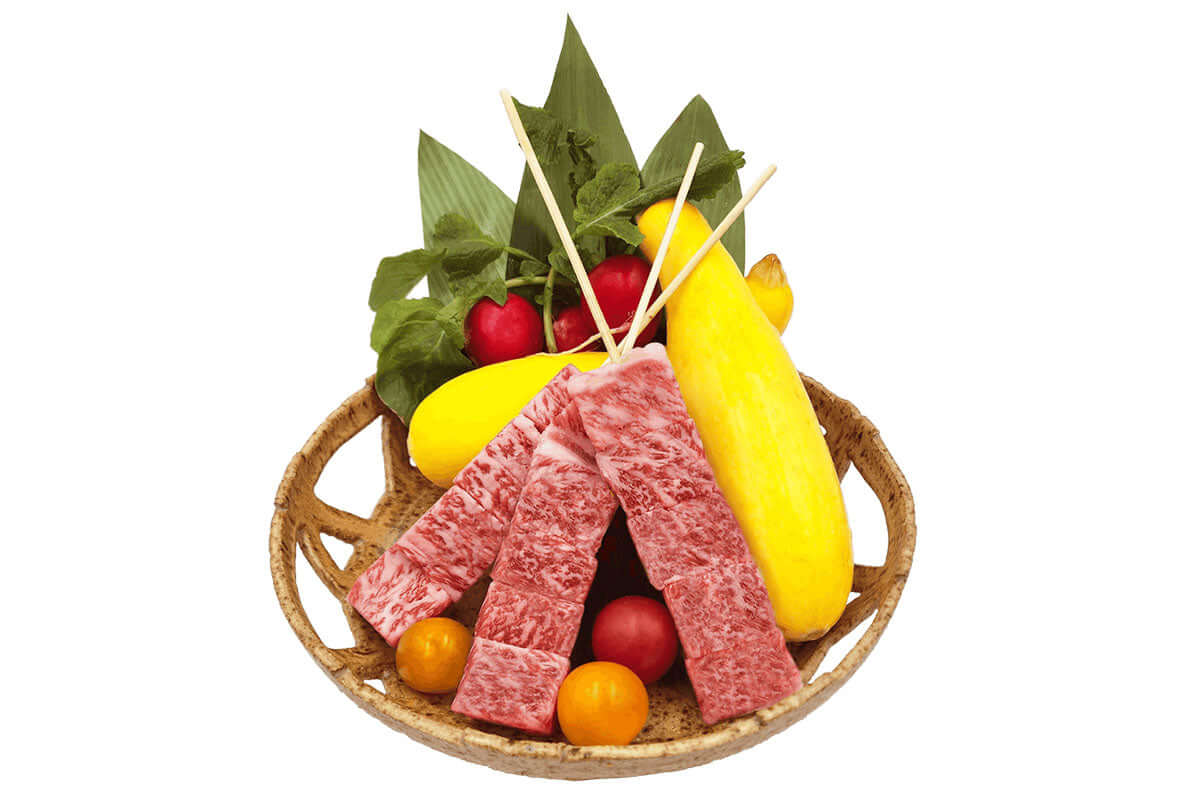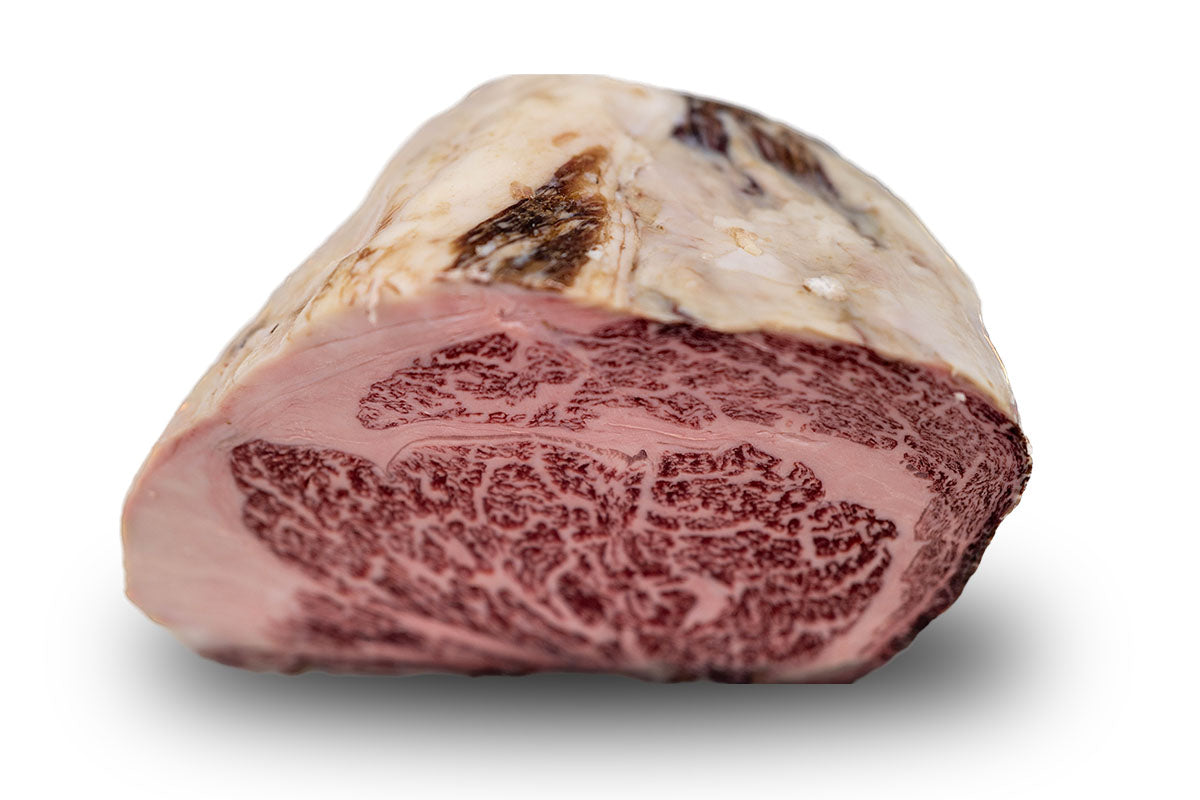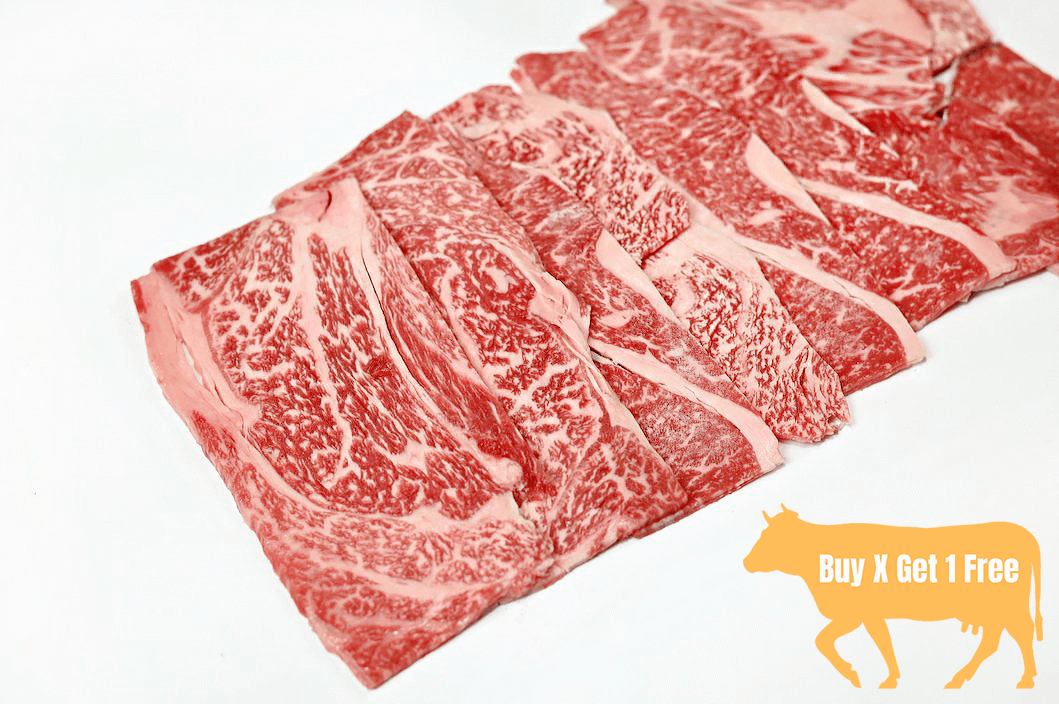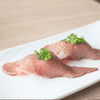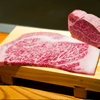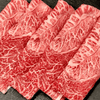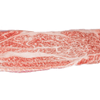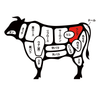What is a Ribeye Steak? Everything You Wanted to Know
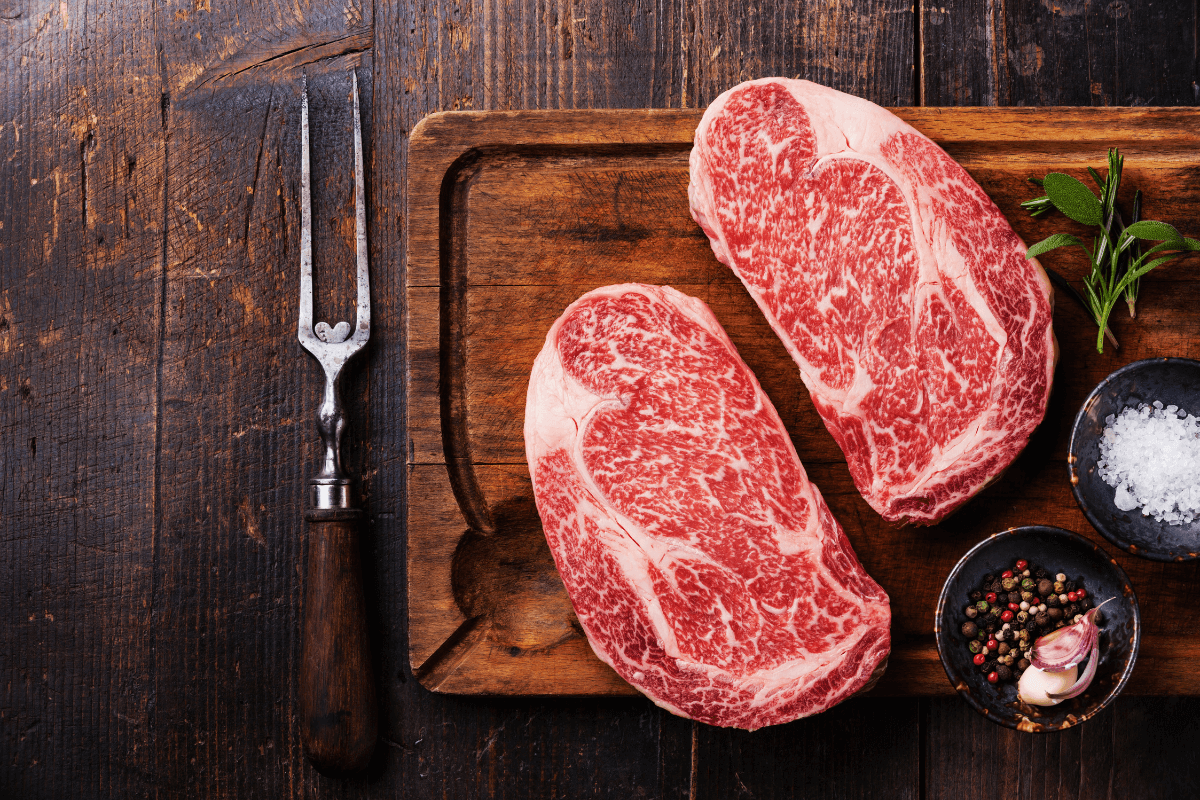
Today, we're diving into one of the most beloved cuts of beef in the world – the Ribeye steak. Known for its marbling, flavor, and tenderness, the ribeye is a staple in steak houses and a favorite among grill masters and carnivores worldwide.
When it comes to premium cuts of beef, the ribeye stands out as one of the most popular and flavorful choices. Tender, juicy, and richly marbled, the ribeye steak is a true culinary delight.
But what exactly makes a ribeye a ribeye? Let's find out!
What is Ribeye Steak?
The ribeye steak, as you might guess from its name, is cut from the rib section of a cow. It sits between the chuck and loin, specifically from ribs 6 through 12, and is sometimes known as the 'beef rib'.
Now, what makes the ribeye so distinct is its incredible marbling and unique composition.
The ribeye steak is a composite of two main parts – the "eye" and the "cap." The "eye" is the central piece, known for its fine grain and tenderness. This part is deliciously rich and beefy, thanks to its marbling — those little flecks and streaks of fat interspersed within the muscle.
Then there's the "cap" or the "deckle."
It's the crescent-shaped piece that wraps around one side of the eye. This part is known to be even more marbled, and thus, exceptionally flavorful and tender. Some steak connoisseurs even consider the cap to be the most delicious part of the entire cow!
But the goodness of ribeye doesn't stop there.
The generous intramuscular fat, or marbling, gives ribeye its signature rich, buttery flavor and succulence. When cooked, this fat melts and infuses the meat with its incredible flavor, making the Ribeye one of the juiciest and most flavorsome steaks available.
Ribeye Marbling Explained
One of the distinguishing characteristics of a great steak, particularly a ribeye, is its marbling. Marbling refers to the small, white flecks of fat woven throughout the meat. When this marbled fat is heated during cooking, it melts and seeps into the surrounding muscle, resulting in a succulent, flavorful steak.
The ribeye cut is known for its exceptional marbling. The densely marbled ribeye contains fat evenly dispersed throughout the cut, ensuring a deliciously juicy steak in every bite. It's this intricate marbling that gives ribeye its rich, buttery taste and melt-in-your-mouth texture.
However, the king of marbling in the world of beef is undoubtedly the A5-grade Wagyu Ribeye. Originating from Japan, Wagyu cattle produce beef that is highly marbled like no other, and the A5 grade represents the pinnacle of this breed. This ranking, bestowed by the Japanese grading system, signifies superior marbling and meat quality.
An A5 Wagyu Ribeye is an extraordinary sight — it's so densely marbled that it appears more white than red. Moreover, the fat in Wagyu has a lower melting point, so it starts to melt the moment it touches your tongue.
The result?
An extraordinarily tender, rich, and flavorsome steak that transcends the conventional steak experience.
In essence, whether you're grilling a traditional ribeye or savoring the unmatched opulence of an A5 Wagyu Ribeye, marbling plays a critical role in delivering the flavor-packed, succulent bite that steak lovers crave.
Bone-In vs. Boneless Ribeye and Other Ribeye Varieties
Ribeye steaks come in a few different varieties, each offering its unique twist on the classic ribeye flavor and texture. The most common distinction is between bone-in and boneless ribeyes.
Bone-In Ribeye: Also known as a ribeye steak on the bone or cowboy steak, the bone-in ribeye includes a section of rib bone. Some steak lovers swear by the bone-in ribeye, believing that the bone enhances the flavor during cooking. The bone also retains heat and helps to cook the steak evenly.
Boneless Ribeye: As the name suggests, the boneless ribeye is a ribeye steak without the bone. It offers the same fantastic marbling and rich flavor that ribeye is known for, in a slightly easier-to-handle format.
Apart from the bone-in/boneless distinction, there are a few more specialized varieties of ribeye:
Tomahawk Ribeye: This is a bone-in ribeye, but with a long section of rib bone left intact. This bone is usually Frenched - meaning the meat is cut away from the end of the bone - resulting in a presentation that resembles a tomahawk axe.
Ribeye Cap Steak: This cut comprises just the cap of the ribeye - that highly marbled, incredibly tender outer section of the steak. It's a favorite among many steak enthusiasts.
A5 Wagyu Ribeye: This is the top-tier, crème de la crème of ribeye steaks. An A5 Wagyu Ribeye boasts an exceptional level of marbling, resulting in a melt-in-your-mouth texture and an extraordinarily rich flavor.
Each of these ribeye cuts offers a unique experience, so it's worth trying them all to find your personal favorite. Whichever cut you choose, ribeye promises a flavorful, tender, and succulent steak experience.
How to Choose the Perfect Ribeye Steak
Choosing the perfect ribeye steak is an art. The right selection can make the difference between a good steak and an unforgettable one. Here are some factors to keep in mind when choosing your ribeye:
- Marbling: The hallmark of a great ribeye steak is its marbling. Look for a steak with plenty of fine, evenly distributed white flecks and streaks of fat throughout the meat. Remember, the more marbling, the more flavorful and tender your steak will be.
- Thickness: A thicker steak allows more room for a beautiful contrast between the seared exterior and the tender, juicy interior. A thickness of around 1.5 to 2 inches is ideal for a ribeye.
- The Bone Factor: As mentioned earlier, ribeye can come in bone-in or boneless varieties. The bone-in (or bone-in ribeye) offers a more robust flavor and can provide a more even cook. The boneless ribeye is easier to handle and carve, but without the potential flavor benefit provided by the bone.
- Aging: Beef can be aged to enhance its flavor and tenderness. There are two types of aging: dry-aging and wet-aging. Dry-aged ribeye has a deep, nutty, and concentrated flavor, while wet-aged ribeye is more subtly flavored but very tender.
- Quality of Beef: The breed and feed of the cow can greatly impact the flavor and quality of your steak. For instance, Wagyu Ribeye steaks, especially those of A5 grade, are incredibly marbled and tender, resulting in a decadent eating experience.
In the end, the perfect ribeye steak comes down to your personal preferences. Some might prioritize marbling, while others might focus on the cut's thickness or the presence of a bone.
Best Ways to Cook Ribeye Steak
The ribeye steak is a flexible cut that shines with several cooking methods. Here are some of the best ways to prepare it:
- Grilling: The classic method. Grilling your ribeye over charcoal or gas allows the fat to melt and create a crispy, flavorful crust, while the inside remains tender and juicy.
- Pan-Searing: A quick and straightforward method that requires just a hot pan, some oil, and a few minutes on each side. This method also creates a delectable crust on the outside of the steak.
- Reverse Searing: Perfect for thicker cuts, this method involves slowly roasting the ribeye in the oven, then finishing it off with a quick sear on a hot pan or grill for that coveted crust.
- Sous Vide: This method, which involves vacuum-sealing the steak and then cooking it in a precisely controlled water bath, ensures a perfectly cooked, tender steak every time. After the sous vide process, a quick sear gives the steak a beautiful crust.
Remember, no matter which cooking method you choose, allowing your ribeye to rest after cooking is crucial. This helps the juices redistribute throughout the steak, ensuring a moist and flavorful bite every time.
While all these methods will yield a delicious ribeye, the pinnacle of steak experiences is grilling or searing an A5 Wagyu ribeye. The intense marbling of the A5 Wagyu melts at lower temperatures, basting the steak from the inside as it cooks and creating a flavor and tenderness that's truly unrivaled.
Where to Buy the Highest Quality Ribeye Steak in the World?
The quality of your steak starts with your selection. At Wagyuman, we pride ourselves on offering the highest quality ribeye cuts available. From the popular ribeye steak cut, the ultra-tender center cut, to the whole cut for those who want to customize their steak experience, we have something to satisfy every steak lover's preference.
Our ribeye steaks are sourced from the highest quality wagyu cattle in Japan, butchered with precision, and delivered to your door with care. If you're seeking the most decadent steak experience, be sure to check out our A5 Wagyu ribeye — it's truly in a class of its own.
